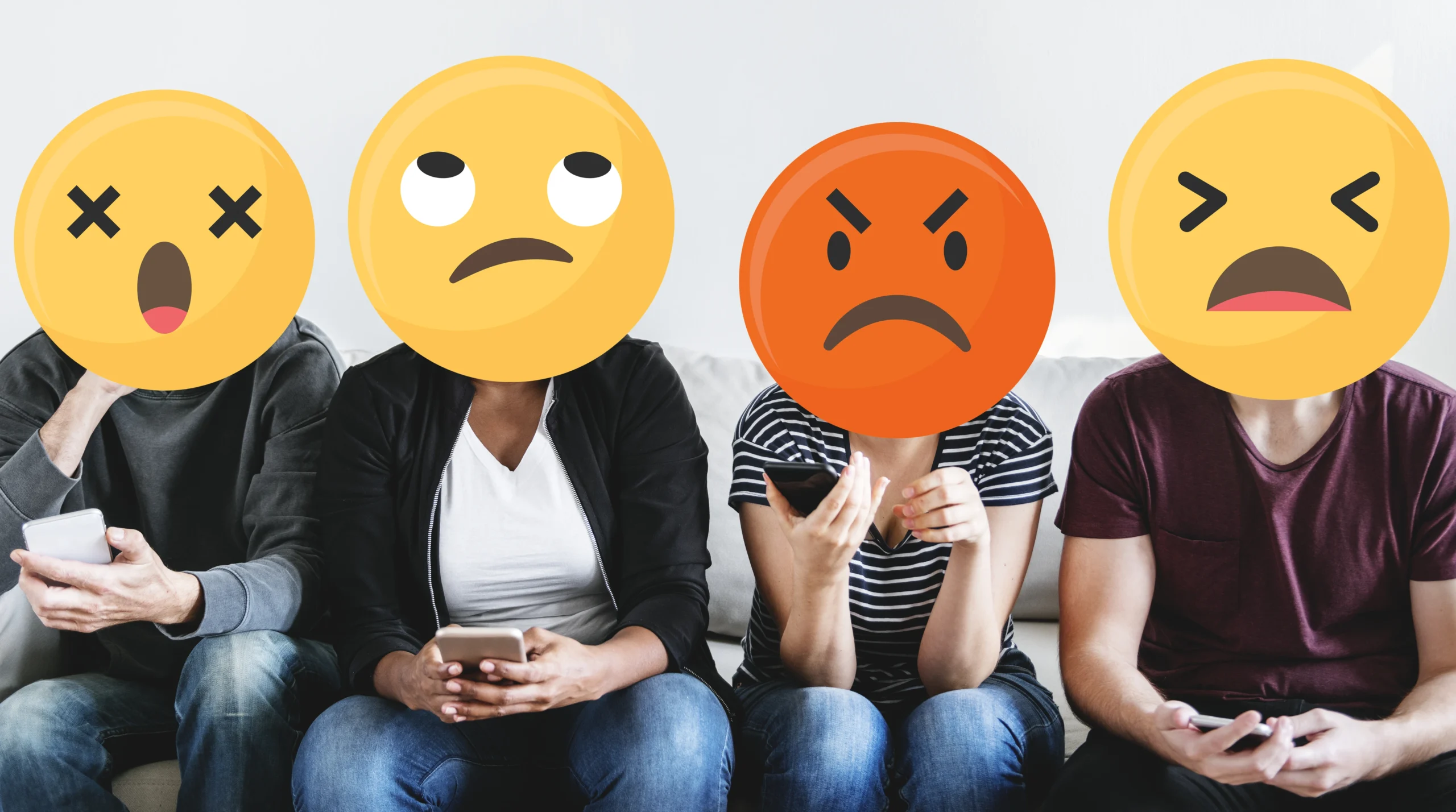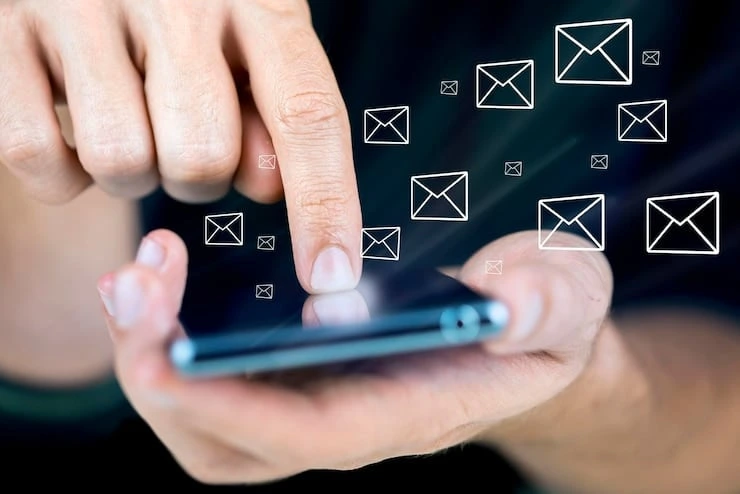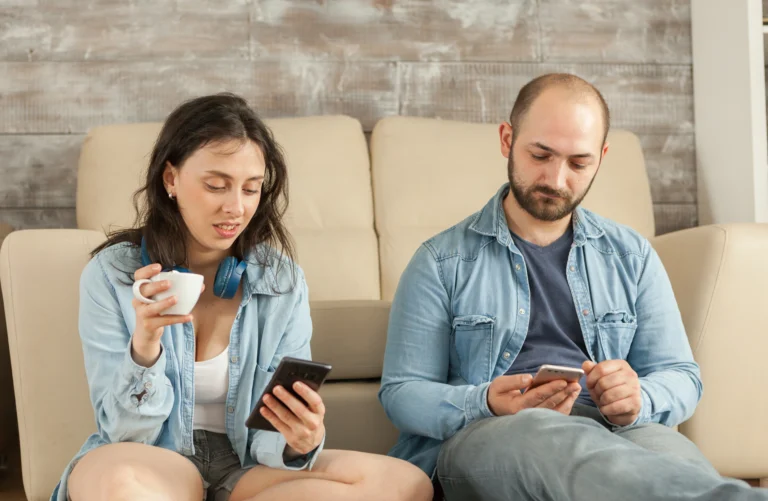
You type out a carefully worded email, aiming for professional yet approachable. You hover over the send button, then pause. Should you add a smiley face 🙂? Will it seem friendly or unprofessional? Or consider that text message you received: “See you later 👍”. Was that an enthusiastic confirmation, a passive-aggressive dismissal, or just a quick acknowledgement? In the landscape of modern digital communication, emojis have become ubiquitous, colourful shorthand promising to inject tone and emotion into our often-flat text. But do these little pictograms truly bridge the communication gap, or do they sometimes dig the ditch deeper?
From humble beginnings as simple text-based emoticons 🙂 to the thousands of graphical symbols available today, emojis have revolutionized how we interact online. Billions are sent daily across platforms like WhatsApp, Instagram, and Facebook.
They promise efficiency, emotional nuance, and even cross-cultural connection. Yet, they also bring a significant risk of ambiguity and misinterpretation. This guide explores The Role of Emojis in Modern Communication: Are They Helping or Hurting? We’ll delve into their rise, weigh their benefits against their potential pitfalls, and offer guidance on using them more mindfully and effectively in our hyper-connected world.
From 🙂 to 🎉: The Rapid Rise of Emoji Communication

It’s hard to imagine digital communication without emojis now, but their journey is relatively recent. While text-based emoticons like the sideways smiley 🙂 emerged in the early days of the internet, the graphical emojis we know today originated in Japan in the late 1990s (the word ’emoji’ itself comes from Japanese words for ‘picture’ and ‘character’. Created by Shigetaka Kurita for mobile phones, the first set aimed to convey information concisely in the limited screen space of early devices.
Their global adoption exploded when they were incorporated into the Unicode Standard (starting around 2009-2010) and subsequently integrated into smartphone keyboards worldwide. Suddenly, we had a vast, standardized library of images representing everything from facial expressions and emotions to objects, activities, animals, and abstract concepts.
Why did they catch on so dramatically? Because they fill a crucial gap. Digital text inherently lacks the rich non-verbal cues – tone of voice, facial expressions, gestures – that convey so much meaning in face-to-face interaction.
Emojis emerged as a readily available, visually appealing attempt to inject some of that missing emotional context and personality back into our increasingly text-based conversations. They became the digital equivalent of a smile, a nod, a sigh, or a gesture.
The Smiley Side: How Emojis Can Enhance Digital Dialogue

When used thoughtfully, emojis offer several distinct advantages that genuinely improve digital communication.
- Adding Tone & Emotion: This is perhaps their most significant benefit. Text alone can sound flat, ambiguous, or even harsh unintentionally. A simple smiley 🙂 can soften a direct statement, a laughing face 😂 can clarify humor, and a heart ❤️ can add warmth. They help signal intent and prevent negative misinterpretations.
- Conveying Nuance Quickly: Emojis can sometimes express a feeling or reaction more efficiently than typing out several words. A thumbs-up 👍 for agreement, clapping hands 👏 for congratulations, or a simple facepalm 🤦♀️ for exasperation can communicate quickly.
- Increasing Engagement & Attention: Visually appealing emojis can make messages stand out, grab attention in marketing emails or social media posts, and potentially increase audience engagement. Studies suggest positive emojis can even enhance the receiver’s emotional state .
- Building Rapport & Friendliness: Especially in less formal workplace communication (like team chats) or social interactions, emojis can help build rapport, convey personality, and create a friendlier, more approachable atmosphere. They can signal empathy and support.
- Enhancing Understanding: Like visual aids in a presentation, emojis can sometimes complement text to make the overall message clearer and more memorable.
In essence, emojis can act as valuable digital paralanguage, attempting to replace some of the non-verbal cues lost in text-based communication, fostering connection and clarity when used appropriately.
The Cry-Laughing Conundrum: How Emojis Can Hurt Communication

Despite their benefits, emojis are far from a perfect communication tool and can often create more problems than they solve. Their inherent limitations and potential for misuse can lead to significant misunderstandings.
- Ambiguity & Misinterpretation: This is the primary danger. The meaning of an emoji isn’t fixed. What you intend by sending 🙏 (gratitude? prayer? high-five?) might be completely different from how the recipient interprets it. Without shared context or verbal clarification, meanings become subjective guesses.
- Lack of Nuance: While emojis add some emotional cues, they are still simplistic representations of complex human feelings. They can oversimplify emotions or fail to convey the specific intensity or shade of meaning intended. Relying solely on emojis for emotional expression can lead to shallow communication.
- Platform & Rendering Differences: The same emoji can look noticeably different on various devices or platforms (Apple vs. Android vs. Windows), sometimes altering the perceived emotion or meaning significantly. What looks like a grimace on one phone might be a grin on another.
- Overuse & Trivialization: Excessive emoji use can clutter messages, make them appear unprofessional or immature, and even trivialize serious topics. Finding the right balance is key.
- Replacing Clear Language: Sometimes, people use emojis to avoid expressing themselves clearly in words, leading to frustration and inefficiency when precise communication is needed.
The very tool intended to add clarity can, ironically, become a major source of confusion if not used with awareness and care.
Decoding Across Cultures & Contexts: Emoji Pitfalls

The potential for misinterpretation skyrockets when communicating across different cultural, generational, or even social contexts. What seems like a harmless symbol to you might carry a completely different, potentially offensive, meaning elsewhere.
- Cultural Differences: This is a minefield. Gestures represented by emojis (like thumbs-up 👍, OK sign 👌, waving hand 👋, clapping hands 👏) have vastly different connotations – even offensive ones – in various cultures. Even facial expression emojis might be interpreted differently based on cultural norms around emotional display. For example, some research suggests Eastern cultures focus more on the eyes for emotional cues, while Western cultures focus more on the mouth.
- Generational Gaps: Younger generations often use emojis with more irony, sarcasm, or evolving slang meanings that older generations might interpret literally, leading to confusion. The meaning of emojis shifts rapidly within online subcultures.
- Context is King: The meaning of an emoji heavily depends on the context of the conversation, the relationship between communicators, and the platform being used. A heart emoji ❤️ from a close friend means something different than one from a new professional contact.
- Professionalism Concerns: While becoming more common internally, overuse or inappropriate emoji use in formal business communication (especially external) can still be perceived as unprofessional or lacking seriousness. Knowing your audience and company culture is vital.
Using emojis in cross-cultural or highly formal contexts requires extra caution and often, sticking to clear language is the safest bet. A significant percentage of people report being confused by others’ emoji use.
Thinking Before You Tap: Mindful Emoji Usage Strategies

Given the potential for both help and harm, how can we use emojis more mindfully and effectively? It boils down to intentionality and awareness.
- Know Your Audience & Context: Consider who you’re communicating with and the formality of the situation. Emoji use that’s fine with friends might be inappropriate with a client or senior manager.
- Prioritize Clarity with Words: Use emojis to enhance or clarify your written message, not replace essential words, especially when discussing important or potentially ambiguous topics. If the core message relies solely on an emoji’s interpretation, rewrite it.
- Use Emojis Consistently (With Individuals): Pay attention to how specific people you communicate with use emojis and try to mirror or understand their personal emoji ‘language’ to some extent.
- When in Doubt, Leave it Out (or Ask): If you’re unsure how an emoji will be interpreted, especially across cultures or in a professional setting, it’s often safer to stick to words or ask for clarification if you receive an ambiguous one (“Just checking, what did you mean by the [emoji name] emoji?”).
- Consider Platform Differences: Be aware that emojis might look different on the recipient’s device. Stick to common, less ambiguous emojis for broader communication.
- Less is Often More: Avoid cluttering messages with excessive emojis. A few well-placed ones are more effective than a barrage.
- Don’t Use Emojis for Serious/Negative News: Delivering criticism, bad news, or discussing highly sensitive topics requires the nuance and empathy best conveyed through richer communication channels (voice or in-person). Emojis can seem flippant or inappropriate.
Mindful emoji use means pausing to consider the potential impact and interpretation before hitting send. Is this emoji adding clarity and positive tone, or potentially adding confusion?
The Role of Emojis in Modern Communication: Are They Helping or Hurting?

So, back to the central question: The Role of Emojis in Modern Communication: Are They Helping or Hurting? The answer, unsatisfyingly perhaps, is both.
They are powerful tools with the potential to significantly enhance digital communication by adding emotional context and building rapport when used thoughtfully and appropriately. They can make text feel less cold, clarify tone, and increase engagement.
However, their inherent ambiguity, potential for misinterpretation across devices and cultures, and tendency towards overuse also mean they can significantly hurt communication.
They can create confusion, mask true feelings, appear unprofessional, and even cause offense when used carelessly. Relying too heavily on them can also prevent us from developing the skill of expressing nuanced emotions effectively with words.
Ultimately, emojis are like spices in cooking. Used judiciously, they can enhance flavour and add warmth. Used excessively or inappropriately, they can overwhelm the dish or create an unpleasant taste.
Their effectiveness lies entirely in the user’s awareness, intention, and understanding of context. They are a supplement to communication, not a replacement for clarity and thoughtful language.
10 Tips for Effective Communication in the Age of Social Media
Beyond the Pictogram: Prioritizing Clarity and Richer Channels

While mastering mindful emoji use is helpful, it’s also crucial to recognize their fundamental limitations and prioritize clearer communication methods when needed.
- Words Still Matter Most: When precision, nuance, or seriousness is required, well-chosen words remain the most reliable tool. Take the time to articulate your thoughts and feelings clearly in writing, rather than hoping an emoji will do the heavy lifting. Expanding your emotional vocabulary allows for more precise expression than relying on cartoon faces.
- Embrace Richer Channels: Remember that text (with or without emojis) is a lean communication medium. For complex, emotional, or conflict-ridden conversations, switching to a phone call, video chat, or ideally, face-to-face interaction is almost always better. These channels restore the vital non-verbal cues (tone, expression, body language) that emojis attempt, often poorly, to replicate. Don’t be afraid to suggest moving the conversation offline or to a richer channel when text feels inadequate.
- Focus on Presence: Whether communicating digitally or in person, prioritize being fully present. Put away distractions, listen actively, and engage thoughtfully. This foundation of presence transcends the limitations of any specific medium.
Emojis are here to stay, but they shouldn’t become a crutch that weakens our ability to communicate clearly and connect authentically through more robust means.
Common Concerns & Solutions Regarding Emoji Use

Navigating the nuances of emoji use raises common questions.
Concern 1: “Are emojis unprofessional in work communication?”
- Solution: It depends heavily on company culture and your relationship with the recipient. Generally safer for internal communication with colleagues you know well than for formal external emails or first contact. Observe how others communicate in your workplace. When in doubt, err on the side of professionalism and omit them.
Concern 2: “How do I interpret an emoji when I’m unsure of the sender’s intent?”
- Solution: Assume positive or neutral intent first. Consider the context and your relationship with the sender. If it’s important for clarity, ask politely and directly, “Just wanted to check the tone of that last message/emoji?” or “Could you clarify what you meant?” It’s better to ask than to stew in misunderstanding.
Concern 3: “How do I handle generational or cultural differences in emoji use?”
- Solution: Be observant and adaptable. Notice how people from different backgrounds use emojis. Be more cautious and rely more on clear language when communicating across significant cultural or generational divides. Prioritize clarity over potentially ambiguous symbols.
Concern 4: “Emoji overload! Messages filled with them are annoying/hard to read.”
- Solution: Lead by example with mindful usage. Use them sparingly yourself. If receiving overly cluttered messages regularly from someone specific, you might gently mention (perhaps offline) that you sometimes find lots of emojis hard to follow, while appreciating their enthusiasm.
Mindful Emoji Usage Checklist

Think before you tap! Use this checklist for more conscious emoji use:
- What’s My Intent? Am I using this emoji to add clarity, convey specific tone/emotion, build rapport, or just out of habit/laziness?
- Who is My Audience? Is this emoji appropriate for this person and relationship context (friend, colleague, boss, client, stranger)?
- What’s the Context? Is this a formal or informal conversation? Is the topic lighthearted or serious?
- Could This Be Misinterpreted? Is the emoji ambiguous? Could it mean something different across cultures, generations, or platforms?
- Is Clarity Paramount? If precise understanding is crucial, are words a better choice than this emoji?
- Does it Enhance or Replace Words? Is the emoji supporting my message or acting as a substitute for clearer language?
- Is it Overkill? Have I used too many emojis already? Does this one add real value?
- Am I Sure of the Meaning? Do I know the common interpretation(s) of this emoji, especially newer or less common ones?
Communicate Consciously, Online and Off

Emojis have undeniably reshaped our digital language, offering quick, visual ways to express emotion and tone in a medium often lacking nuance. They can be helpful tools, fostering friendliness, adding clarity, and bridging gaps when used with awareness and intention.
However, The Role of Emojis in Modern Communication is complex; their inherent ambiguity and potential for misinterpretation across contexts mean they can just as easily create confusion, offense, and superficiality, ultimately hurting communication.
The key lies in mindful usage. By understanding both the power and the pitfalls of these digital pictograms, by prioritizing clear language when needed, and by knowing when to switch to richer communication channels, we can navigate the emoji landscape more effectively. It’s about using them consciously as a supplement, not a substitute, for thoughtful expression and genuine connection.
How mindful are you with your emoji use? Consider reflecting on your habits. Do you rely on them too heavily? Have they ever caused misunderstandings? Choose clarity, choose connection, choose conscious communication – whether through carefully chosen words, a well-placed (and well-understood) emoji, or, best of all, the rich bandwidth of a real conversation.






